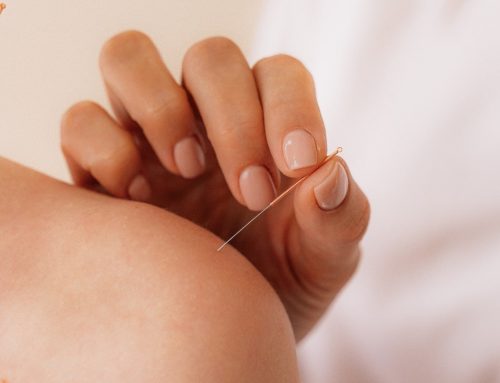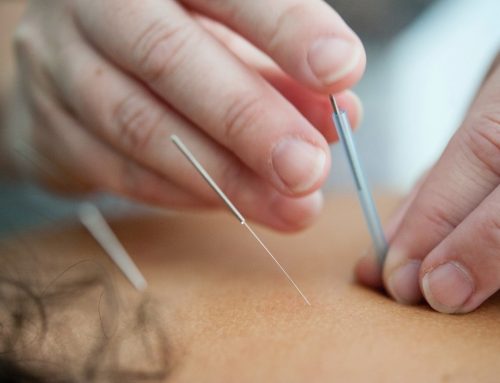Body pain is a common occurrence, but there are types of pain that just linger. No matter how many trips you take to your favorite masseur, the pain points never seem to go away. People don’t realize that many times, all it takes is a prick of a small needle, inserted right at the spot of a knotted muscle. In one swift painless motion, the years of stubborn pain unravels, leaving a feeling of relief you never thought possible.
Steadily gaining popularity, the trigger point dry needling technique has now become a saving grace for many, particularly those seeking physical therapy. In essence, dry needling is a modern treatment, specifically designed to ease muscle pain. Dry needling for frozen shoulders is a common practice, as with headaches, foot pain, and even back pain.
As long as the patient is able to locate the tightest of knotted muscles, dry needling can make a difference. If you’re interested to learn more about dry needling, this quick and easy guide is for you—read on!
What Happens During Trigger Point Dry Needling?
During a dry needling session, the practitioner inserts several filiform needles into your skin. Filiform needles are short, fine, and stainless steel needles, which do not inject anything into your body. These needles then are placed carefully into the trigger points in your muscles, where you wait until the knots are released.
What Should I Know About Trigger Point Dry Needling Before Proceeding?
If you’re interested in trying dry needle to relieve your ongoing pain, here’s what you should know:
• It’s Very Similar to Acupuncture: The needles used are the same, and the motion of inserting the needles is the same. However dry needling and acupuncture differ on where the needles are placed. The latter involves a technique based on the movement of qi, known to flow through the human body. Dry needling, on the other hand, focuses more on myofascial pain.
• It’s a Quick Session: After identifying the specific trigger points, the practitioner will gently prick the skin with the needles, manipulating it until they gather a twitch response. This indicates that the muscle knot has been released, which usually takes no more than 30 seconds.
• It May Require More than One Session: The results will depend on the severity of your muscle condition. Dry needling for occipital neuralgia, for instance, may take two to four sessions to get lasting relief. It’s also important to note that this technique should be used in conjunction with other physical treatments, especially for patients dealing with chronic conditions.
Are There Side Effects or Risks to Dry Needling?
The practice of trigger point dry needling is safe, as the procedure is regarded as minimally invasive. There are mild side effects that may occur, but these are quite common regardless of the patient’s state. Here are some of the most common side effects that can occur at the needle insertion site:
- Forms and spots of bruising
- Mild bleeding after injection
- Temporary soreness
It’s also important to remember that if non-sterile needles are used, you risk contracting various diseases. This is why if you wish to pursue dry needle treatment, it is imperative to do so with a licensed practitioner who follows safe and sterile practices.
Pricking the Pain Away
People often believe taking away pain requires the use of more pain (such as surgeries and other forms of physical therapy), but trigger point dry needling begs to differ. With quick and precise needle movement, heavy knots in the muscles come undone, allowing patients to feel relief like never before. If you’re suffering from lingering pain and wish to feel anew, it’s best to try the saving wonders of dry needling!
Needle Treatment in Jacksonville, FL
If you’re on the hunt for professional needle treatment in Jacksonville, FL, Dry Needle Pain Relief is the place to call. Dr. Chanatry has an established career in the world of chiropractic and physical therapy and now offers dry needling services as a licensed and certified practitioner. Coupled with his extensive background is his commitment to serving people desperate for pain relief! If you’re one of them, your search is now over—book a consultation today!








Leave A Comment